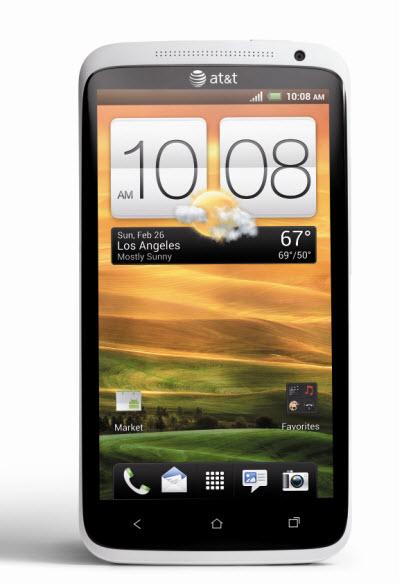
HTC, like most other Android manufacturers, succumbed to Android's Law over the years. Android's Law, as I have explained in the past, creates a level playing field (for the most part) for manufacturers of any caliber. By using Android, they can effectively remove the need to write their own operating system and can shift most of their focus to creating the hardware. And in today's market, very few manufacturers create their own components. For example, processor technology is outsourced to companies like Texas Instruments, NVIDIA or Qualcomm. So instead of slaving away for half a year to create one phone, top to bottom, OEMs can now pump out new phones every couple months.
HTC, Samsung and Motorola have all acquired the similar habits. They create 30 or so smartphones each year, all of different quality, price, size and shape. While they are making devices that will appeal to everyone, they're also causing unprecedented levels of cannibalism among their own products. (The best example of this is the DROID BIONIC. It finally launched in September of 2011 after being announced that previous January. Just two months later, the BIONIC was followed-up by the DROID RAZR, which was followed by the DROID RAZR MAXX in January.)
While HTC had similar practices, it wasn't quite to the extreme that Motorola and Verizon have managed to take it. Still, they've cannibalized their own devices in the past (HTC Sensation and Amaze). And of late, their device quality has taken a turn for the worse. So for 2012, HTC vowed to start focusing more on quality rather than quantity.
That begins with the HTC One X, which was just announced from Mobile World Congress in Barcelona, Spain. While I can't speak on the One X first hand, it's easy to see that HTC has focused a lot more attention on the important stuff in this particular device.
Take the camera, for instance. Like several HTC phones before it, the One X has an advanced camera. But this particular one is above and beyond – at least on paper. It is an 8-megapixel image sensor with an improved f-2.0 aperture, sensor (back illuminated), software and HTC's ImageChip. The camera app itself can be launched in less than a second from the lock screen and it also takes less than a second to autofocus and snap a picture. You can take continuous shots simply by holding the shutter button down. But best of all, if the subject of the shot moves, ImageSense will automatically enable burst mode and capture multiple images to get the best shot. But they've also added more features, like the ability to simultaneously take video and snap pictures, take high dynamic range (HDR) photos and slow motion video at 60 frames per second.
The actual quality of the One X's camera, in use and not on paper, remains to be seen. But judging by the camera in the Amaze, I can only imagine it has gotten better with the obvious amount of attention this particular sensor has received. They've also (finally) made this the first device with Beats audio integrated into both the software and hardware, meaning Beats audio will be present system-wide.
But their attention to detail stretches beyond the camera and audio. The HTC One X is one of the very few HTC devices in recent memory that reflects the topnotch design shown in the legendary Nexus One. Not only because it closely resembles the Nexus, but because it has a very slim profile in comparison to HTC's other LTE devices.
All things considered, there are some sore points for the One X. Battery life, once again, seems to have been placed on the back burner. The One X features an 1,800 mAh battery pack, while other manufacturers with comparable phones at roughly the same thickness have managed to squeeze 2,500 (Galaxy Note, although larger) and 3,300 mAh (DROID RAZR MAXX) packs in their devices.
Also, HTC's Sense UI (love it or hate it) is still overbearing. A leaked Motorola Ice Cream Sandwich build showed us just what a nice, conservative custom interface atop Android 4.0 could look like. Google has updated Android with a little more polish in Ice Cream Sandwich. HTC's Sense 4.0, while packed with tons of features, looks nothing like the latest Android update and more closely resembles legacy Android. It has replaced almost every single aspect of the Android 4.0 interface with smooth, rounded corners. Here's to hoping it's at least faster and bearing fewer bugs that former iterations.
The HTC One X, however, is a huge step in the right direction for HTC – a step we can only hope other manufacturers will take, too. Fewer devices for the sake of better quality is something everyone can and will benefit from. Now, if they can just give battery capacity and Sense UI a little more tender love and care ...
Tell me, folks. What do you think of the HTC One X? Is it the best thing since sliced bread? The best HTC device ever? Or has HTC missed the mark again?